Self Rewarding Cycles are something that every puppy and dog owner needs to know in order to become their puppy’s best advocate.
You know a huge part of the way I help you guys is that I want to set you up for success through the rest of your life. A big part of that is trying to understand your dog’s motivations is understanding this cycle. Because each and every single one does. I’ll give you some examples? But this is pretty theory-heavy, and a little more advanced, so don’t worry if you don’t get it immediately.
If you can understand though? And look out for these aspects in your training, you’ll very quickly get the keys to the kingdom as far as your dog is concerned – and do not get me wrong, these cycles can be super unique to your dog. And even if you can’t figure out how to break the cycle? Then at least when you approach a trainer, the two of you can really get into the depths of a problem quickly.
Self Reward Cycles Make Up All Your Dogs Decisions.
Positive reinforcement training is something that you and I follow in this system with rebarkable. That is a bit of a buzzword alert – reward-based, science-based training, they’re all the same really, but it all means that we give the dog choice and the ability to make the right decision.
The premise that reward-based training works upon is that your dog will repeat an action that is the most consistently rewarding for them.
So understanding where the reward is in their behaviour is really key to understanding how to reprogramming that same behaviour. The Self rewarding cycle becomes a directed rewarding cycle – and that rewarding cycle? Is one that suits you and your family.
The Cycle For Any Self Reward Cycle
1 – Trigger
2 – Act
3 – Reward
4 – Repeat
This is a really simple example, but these rather make up the structure of every decision with everything – even for you and me. But these four things make up the thought process. So, it’s something we need to know and understand when we look at any behaviour that your dog (or puppy!) shows.
The “Reward” in Self Reward Cycle
Whilst we often use high value treats, or toys/play as rewards, but these situations the rewards are always related to Maslow’s Hierarchy, remember that one?
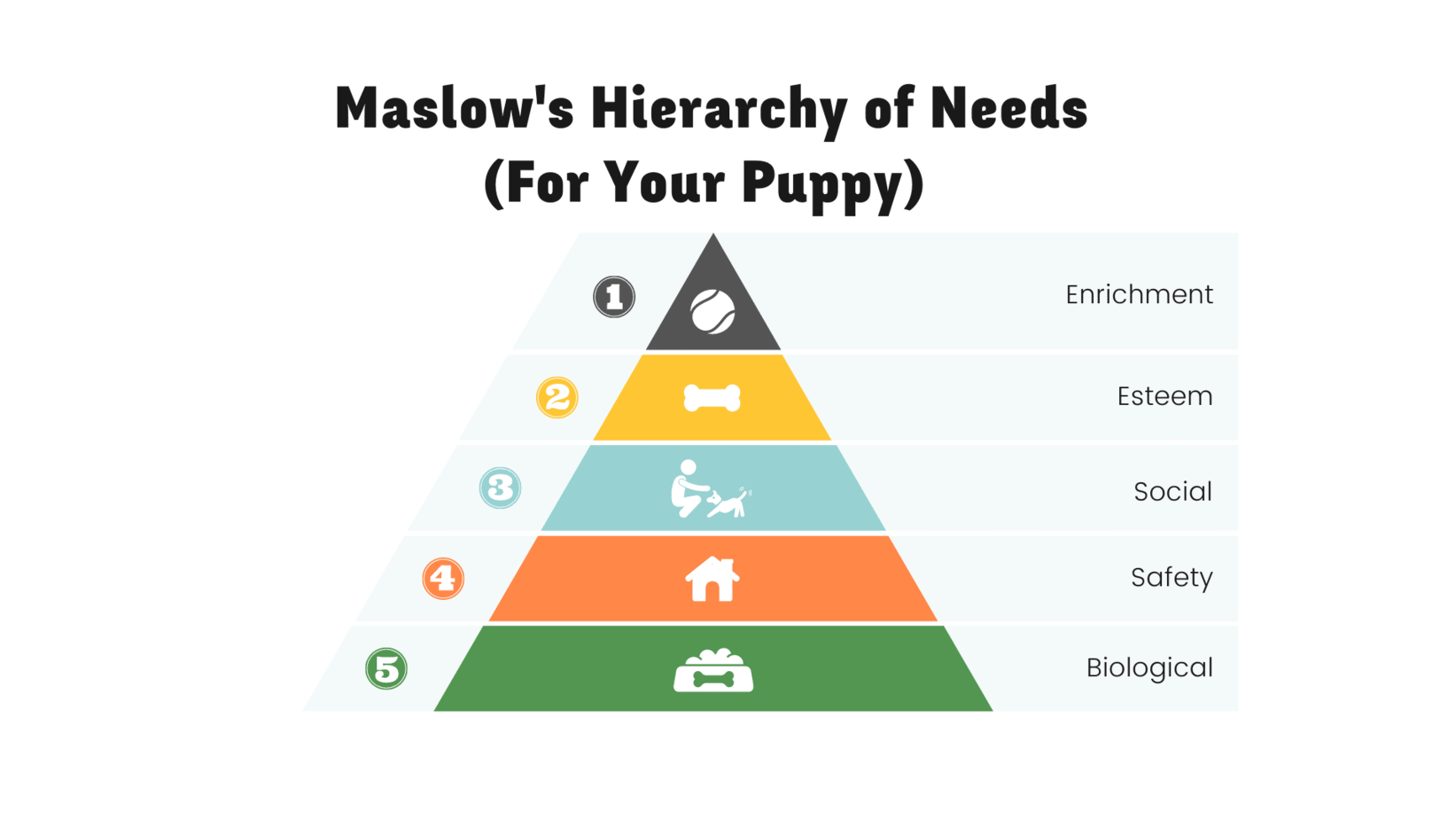
The reward will be given by things like feeding themselves, achieving safety, or keeping a resource. These things may not be as obvious as when we give a treat or engage in play, but in this instance most of the time they’re things like the satisfaction of curiosity (saying hi to a new dog, or getting to a new smell), discovering food (a big score) or the restoration of safety.
How We Break A Self Reward
This is, typically, a long game. It’s a case that you have to break their cycle, then you have to prove that the new cycle is equally or more rewarding when things are done your way as opposed to their way. We remove the opportunity to get it wrong, or we remove the reward for getting it wrong, and create a new pattern instead.
The examples make it easier…
Example: The Puppy That Bites You To Play
1 – Your puppy wants to play
2 – they bite you! Because that’s what they know
3 – You squeak in shock
4 – Yes! Response gained! Play begins!
5 – repeat process.
This one is the first one that often happens in your relationship with your dog. They very quickly learn that you engage in a level of play that is acceptable and rewarding to them when they bite you. The reaction they gain is the self reward. This means? They’re going to do it again, and again until you figure how to break it.
How We Break The Cycle
My preferred way? Is to engage the desire to play. Engaging the desire to play means that your puppy will learn that they can have their reward but it has to be with a toy as the medium. Grab a stuffed toy and make sure they’re biting it, and not you! Make it the most exciting toy in the world!
N.b. Not playing doesn’t work for this one
Deciding not to play, can actually increase your pup’s frustration. It doesn’t really work in the long run.
Example: The Dog Jumping On The Counter
1 – cake on counter
2 – dog jumps on counter
3 – dog steals cake
4 – learn jumping on counter means i get cake
5 – repeat this cycle
The reward on this one is pretty darned obvious, huh? They got the cake. Or the sandwich or the steak – and now they’ve devoured it before you’ve had a moment to rescue it. And worse? That delicious morsel could have been dangerous to them… This one is not only inconvenient, but it’s risky…
How we break the cycle.
Manage the situation, remove all temptation from kitchen counters! Be vigilant! Work on a superb recall, and every time before they jump? Recall. Recall and reward and teach them that you are more rewarding than the counter. It takes time and maintenance, but it works! Trust me. If it works on coonhounds it works on all dogs.
Example: The Dog That Runs Off & Ignores Recall
1 – another dog appears
2 – your dog sees them and decides to say hello!
3 – you call your dog and your dog ignores you.
4 – your dog says hello to the pretty poodle
5 – your dog learns it’s more rewarding to ignore your recall.
6 – repeat this cycle
Do you see that? It’s essentially that they’ve rewarded themselves by satiating their curiosity and indulging their desire to socialise. Your recall? Is now not as valid as it was before.
How we change it
Long line and harness, this way puppy can only run so far!! If you’re looking for more help with this, this post is great.
But the short version? Every time they try and run off, recall, recall is ignored, you step on the long line and they cant get where they’re going. They don’t get their reward unless they come to you. Easy, huh? Cycle reprogrammed, huzzah!
Example: The Fear Reactive Dog
1 – Another dog appears (trigger)
2 – Your Dog sees them and your dog feels threatened. (act)
3 – your dog does a scary war dance (barking and lunging) (act)
4 – other dog goes away & safety is restored (reward)
5 – your dog learns it’s rewarding to scare other dogs away (repeat)
6 – repeat this cycle
Your dog has now successfully learned that doing scary things makes the other dog go away, and that their safety has consequently been restored! Hooray!!
This means that they’re more likely to try and do this again in the future in order to restore their safety and irradicate the fear within them.
How We Break The Cycle
In order to figure out the Self reward here, we primarily manage the 3D’s towards the dog, do not let the ‘bubble’ of safety break, and the scary war dance doesn’t happen. Then we begin counter conditioning and desensitising to create a more positive response towards other dogs – from a safe distance.

Example: The Dog That Pulls On A Leash
1 – Smells waft from a tree
2 – your dog smells these
3 – your dog pulls to the tree
4 – They sniff the tree and satiate their curiosity
5 – repeat
This is a real life reward and a satiation of curiosity, and an indulgence of the brain! This is their reward in this case and that may well be more powerful than your proposed reward. But, with practice, you can change this cycle too…
How We Break The Cycle
Weigh anchor. Stand perfectly still and stop your dogs progress towards the object of their attention. The best part of this? Is that this can become their reward. Call your dog (especially if they aren’t paying attention) and bring them back. Reward them for coming back and attempt to approach the tree again, try keeping a treat held right in front of their nose too, luring them to keep them in a roughly correct position. Then when you get to the tree? Double whammy! Sniffies and treatos! That should break the cycle of self-reward, and help you create a new one.
This one teaches that your dog can have what they want, that they just can’t yank your arm out in the process, so we teach: walking nicely is more rewarding than pulling me around.
Does that make sense?
I feel like it does. It’s been a little intense, but I’m hoping by laying out these processes, and by showing you the ‘ground’ cycle and how I would change it? You can see how you might be able to apply these things to your puppy and your training.
If you do get stuck on understanding your dogs motivation? Consider their breed (Kim Brophey’s Meet Your Dog is great for this!) and what they’re bred for, their demeanour when they’re doing it and what has happened before and after to give you further clues.
Of course, if you can’t puzzle it out, just give me a shout, book in a troubleshooting 1:1 and let’s get to the bottom of the behaviours!!


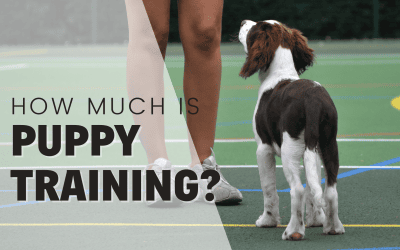

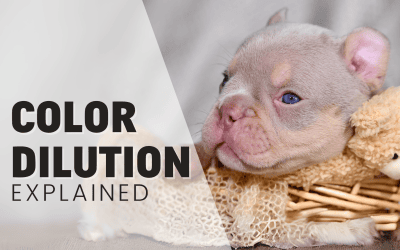
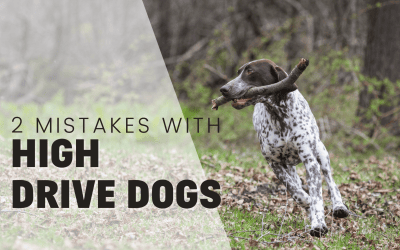
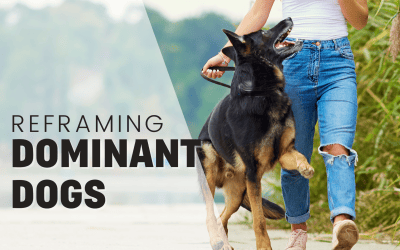
0 Comments